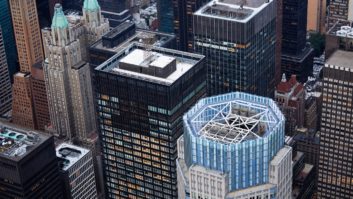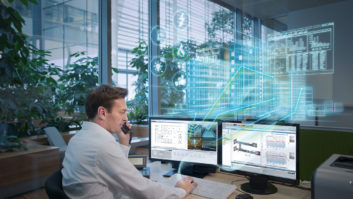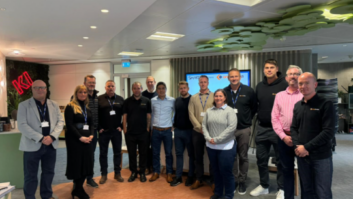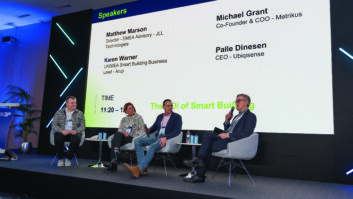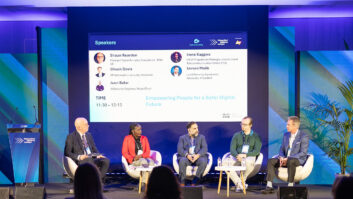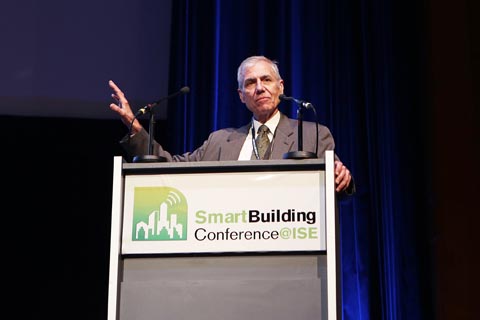
With buildings accounting for some 41% of primary energy consumption – more than either transportation or industry – much still remains to be done to harness the power of technology in improving the efficiency of the built environment.
That was one of the major messages delivered by Jim Sinopoli, managing principal of Smart Buildings, during the keynote presentation at the third Smart Building Conference. Sinopoli, managing principal of engineering and design company Smart Buildings, began by pointing out that the world’s first smart buildings, with their ability to maintain a constant temperature of 68°F, were the Pyramids.
Facilities management, he implied, remains a subject that is under-valued and under-resourced. “Data mining and data analytics are now commonplace in commercial organisations such as Amazon,” he noted, “but when it comes to smart buildings, not so much.” Those same vast amounts of data exist to enable building performance to be understood and improved, he said, yet there are few users who take advantage of the opportunity the data presents.
Demonstrating what can be achieved – especially in terms of monetising the benefits of the smart management of buildings – Sinopoli cited a trial project undertaken by Microsoft at its world headquarters. The vast campus features no fewer than 30,000 pieces of mechanical equipment, and consumes around two million kWh of energy each day – and, in the pilot project alone, was able to demonstrate savings of $1 million each year.
The Smart Building Conference was relocated to the more prestigious surroundings of the Forum for its second outing at the RAI, emphasising the growing importance of the topic to the AV community. While smart building technology has made enormous strides in the past few years, it was clear from this keynote that there is still plenty of potential for further progress – and that there continues to be significant opportunity for manufacturers, integrators and end users alike.
